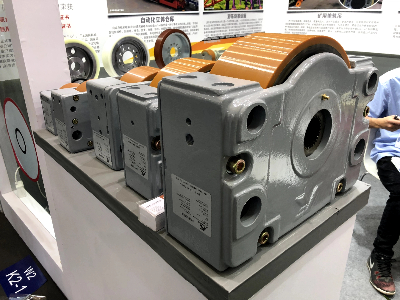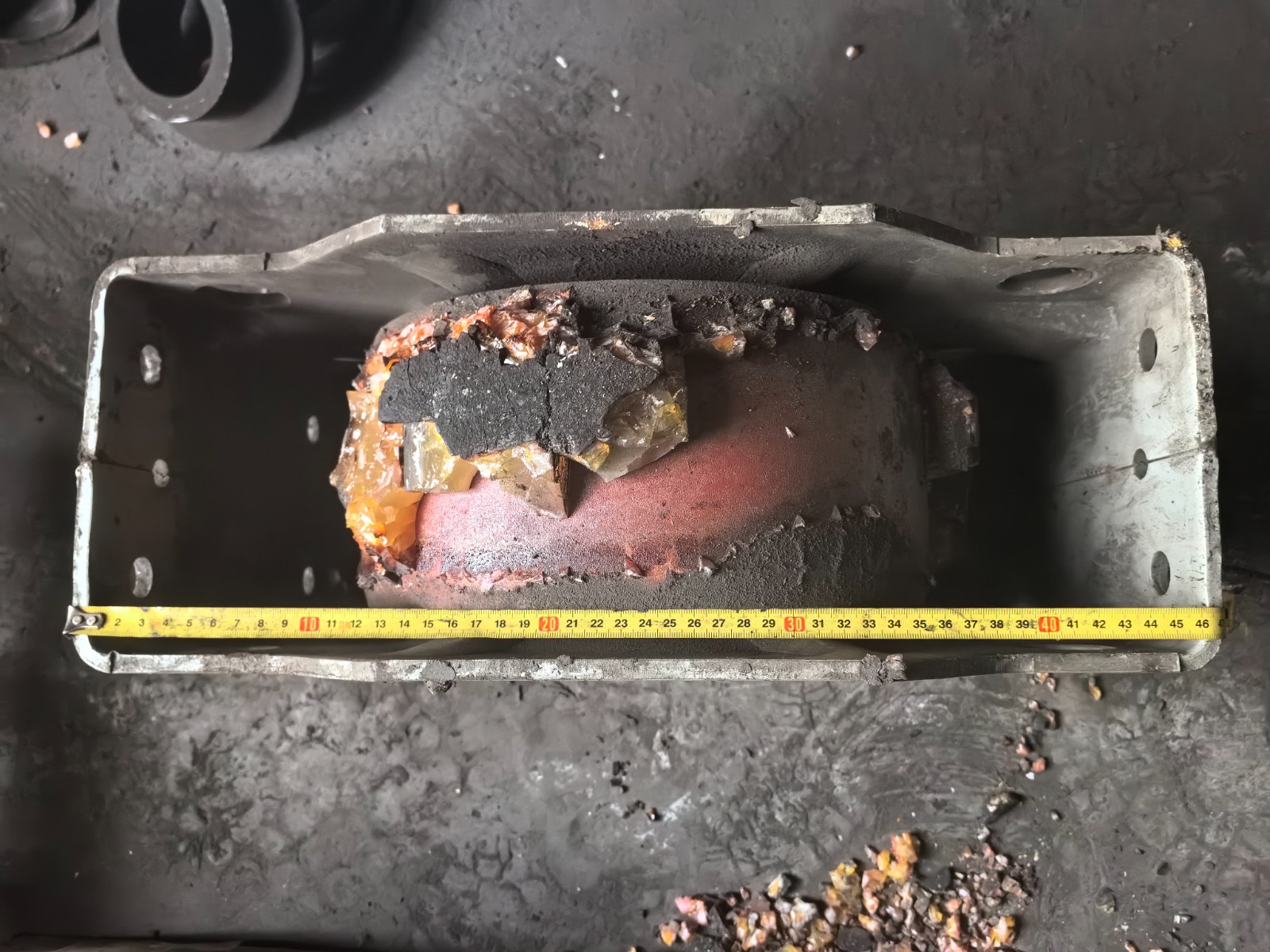DRS travel wheel system is widely used in heavy-duty applications such as cranes, stackers, and transport equipment due to their excellent load-bearing capacity. However, some users have reported sudden breakdowns—such as cracking, peeling, or crushing—of the polyurethane tread. What causes these failures, and how can they be prevented?

Common failure modes of polyurethane wheel assemblies
• Overloading beyond design limits
DRS wheel blocks have specific load ratings. When equipment exceeds the rated capacity—even temporarily—the polyurethane layer may deform or shear, eventually leading to failure.
• Poor quality polyurethane or inconsistent casting
Low-grade polyurethane materials or improper molding techniques can lead to internal bubbles, weak bonding between the tread and the core, or inconsistent hardness—all of which increase the risk of damage under pressure.

• High-temperature or chemical exposure
Continuous operation in high-temperature environments or exposure to oil, solvent, or corrosive chemicals can accelerate the aging and degradation of the polyurethane material.
• Improper wheel alignment or installation
Misalignment in the wheel block assembly or uneven loading during use may result in edge wear, excessive stress, or premature cracking of one side of the wheel block.
• Lack of maintenance and replacement planning
Polyurethane wheels have a finite lifespan. Without routine inspection and timely replacement, minor wear can escalate into complete failure.
How to replace and upgrade DRS polyurethane wheel blocks
If your DRS polyurethane wheel blocks are failing frequently, it may be time to upgrade to high-quality replacements designed for harsher conditions and longer lifespans:
• Choose premium polyurethane formulations
Consider using wear-resistant polyurethane grades such as vulkollan® or customized high-rebound elastomers that are optimized for your load and speed requirements.
• Upgrade the wheel block core material
A high-strength steel or cast iron core with advanced surface treatment improves bonding and structural durability under heavy loads.
• Partner with a reliable manufacturer
Work with a polyurethane manufacturer that specializes in customized DRS wheel block replacement solutions, offering improved tread thickness, better bonding, and compatibility with standard DRS models like DRS 125, 200, 315, etc.
• Schedule preventive maintenance
Implement a regular inspection and replacement cycle based on operating hours, environment, and load profile to avoid unexpected breakdowns.
If your polyurethane wheel blocks are breaking down prematurely, don't treat it as a one-off issue. Examine the root causes—whether it’s overloading, material quality, or application mismatch—and consider upgrading to better-engineered alternatives. Replacing your DRS wheel blocks with high-performance polyurethane solutions not only improves safety but also extends equipment life and reduces downtime.